14 Types of Bread Bakers Should Know How to Make - different types of bread
An F1 score punishes extreme values more. Ideally, an F1 Score could be an effective evaluation metric in the following classification scenarios:
Founded on a fourth generation kitchen supply business, we source the ... Born out of our 100-year old, family-owned restaurant supply business, we ...
8 Nov 2011 — ... china, stoneware, and porcelain. The pattern is called Dewitt Clinton. It was made by the Syracuse China company in several variations ...
Reversible augers in slush machines reduce air mixing and speed up freezing times, while reservoirs top off frozen drink machine barrels automatically as ...
There are three main kinds of bread in the world those that rise highest so are baked in pans, breads with a medium volume like rye and French breads.
Arctica Manual Ice Maker 12Kg/Day (Sold Singly) ... Price £327.76 ... Our Price £278.10 (£333.72 inc. VAT).
Redstone are experts in the sourcing & supply of restaurant & bar equipment, light kitchen catering equipment, janitorial products, paper & disposables.
Hi @Alex.h, Thank you for sharing the pluggin! I am currently using QuPath, but will check the fundaments of it and see if I can implement that as well there
Skip to main content. Skip to navigation. Waco's #1 Restaurant Supply Store. Waco Restaurant Supply · Home · Contact · Waco Restaurant Supply.
I see! I guess if I am interested in positive cell classification within total tumor cells, my model would be neutral (as finding false positives or missing true positives would affect equally, following your attached discussion), right?
Ah, sorry, I was thinking Jaccard coefficient, not similarity. I think you original statement was right for JSI, I just haven’t used JSI. There are quite a few Jaccards and I should have been more careful.
[quote= It depends on what you value in terms of errors in the classifier though. [/quote] What do you mean by this? I am not sure I understand.
2024722 — Global Restaurant Equipment & Supplies is your one-stop shop for foodservice equipment and supplies. Shop our selection online & in-store at ...
2018626 — But make room in your freezer because they only sell the ice in 10-pound bags. A bag will set you back $1.99. $2.15 with tax, so I think it's ...
Yes, Sonic, the fast-food chain, has a range of signature Sonic Blast flavors, combining ice cream with various mix-ins like candies, ...
It depends on what you value in terms of errors in the classifier though. You can find some code creating confusion matrices on the forum already which you could then adapt to build any/all of the set of classification metrics.
Hi guys! This is my first post here so hoping I explain myself good enough. I have been generating a script for image analysis of proliferating (ki67+) tumor cells in whole tissue slides. My script works nicely (after a lot of help found here!) and now I am aiming to have some kind of control point for my data. I have been recommended to use Jaccard Similarity Index using some manual prediction over some areas, but I am not sure how to use it.
So if I understand correctly, I also would need my TN included in the JSI therefore having something like: (TN+TP)/(TN+TP+FN+FP), right?
I will be checking the link and see if I can come up with a solution myself with all the information given and in case of doubts I will be answering back this thread!
So if I understand correctly, I also would need my TN included in the JSI therefore having something like: (TN+TP)/(TN+TP+FN+FP), right?
My question is as follows: what exactly do I need to calculate in the formula? My understanding would be something like: true positives [overlap between my data and prediction] / (true positives + false positives [predited positive cells that in reality are negative] + false negatives [predicted positive cells that are indeed positives]).
I think you are missing a negative sign for IoU/Jaccard, but you can find the formula a variety of places. It might be worth looking into which metrics suit your problem though https://www.theaidream.com/post/model-evaluation-metrics-in-machine-learning https://arxiv.org/pdf/2104.05642.pdf see fig2
There are many measurements for classification accuracy. For neutral measurements, measures that treat false positives and negatives equally are fine. For medical research, often false negatives or false positives are more highly penalized (low impact false positive: mild treatment for cancer that doesn’t exist is fine, while missing cancer isn’t ---- on the other hand: severe treatment with side effects, maybe false positives are worse, resulting in potential death of patients).
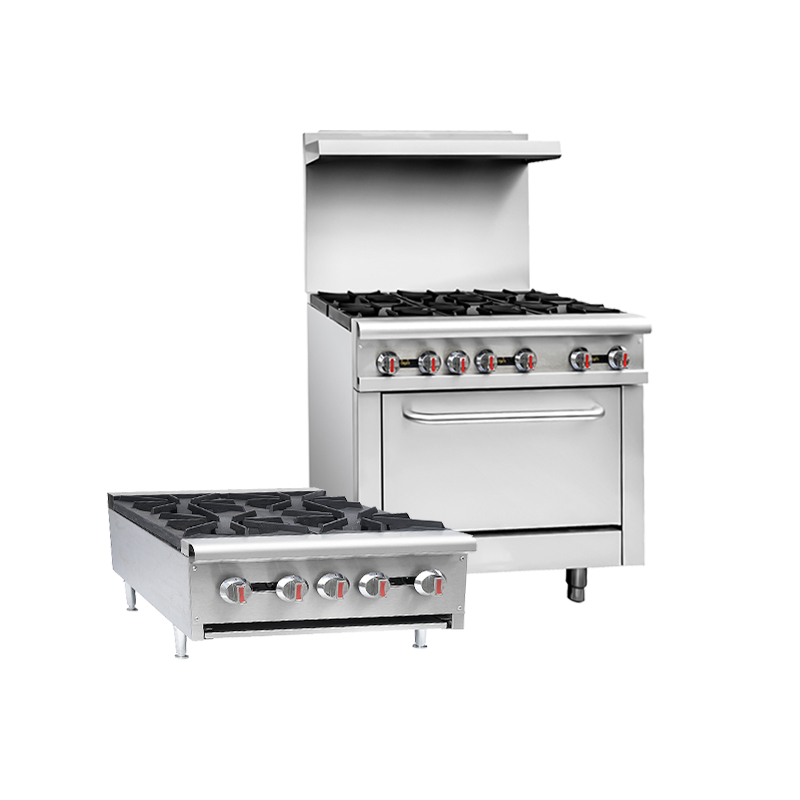
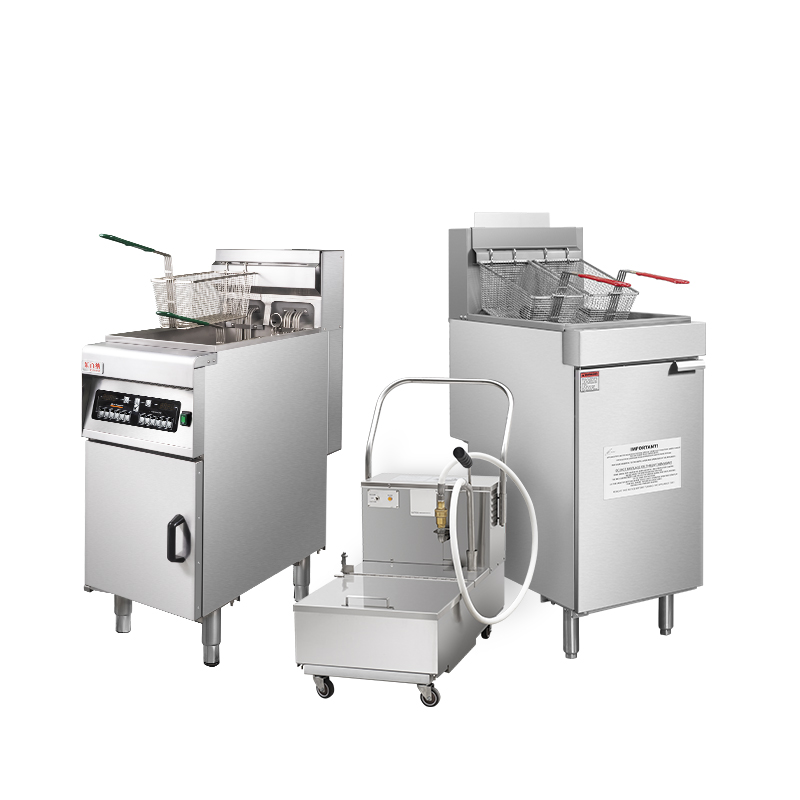
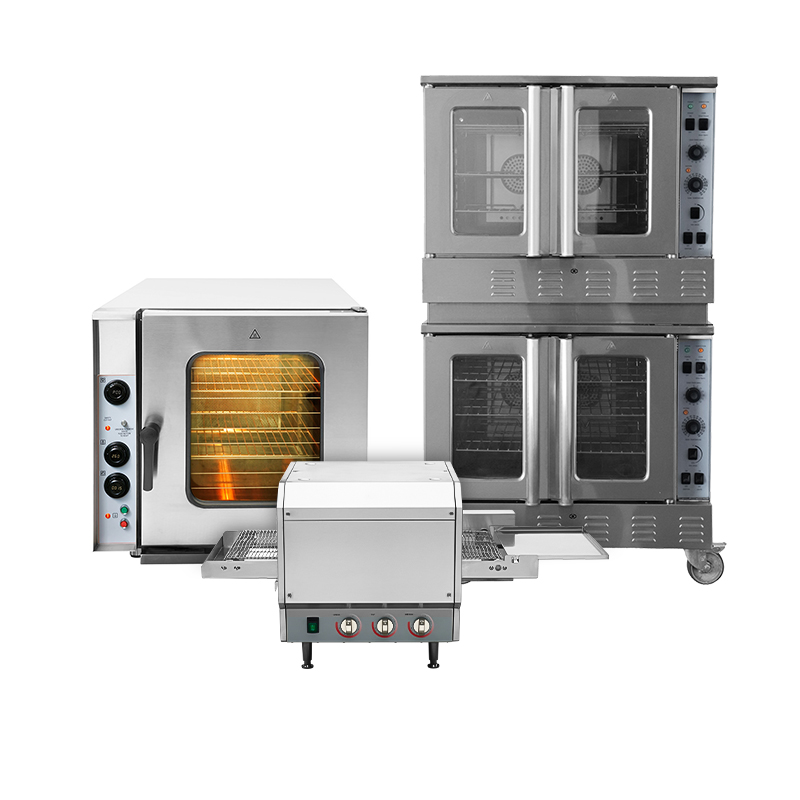
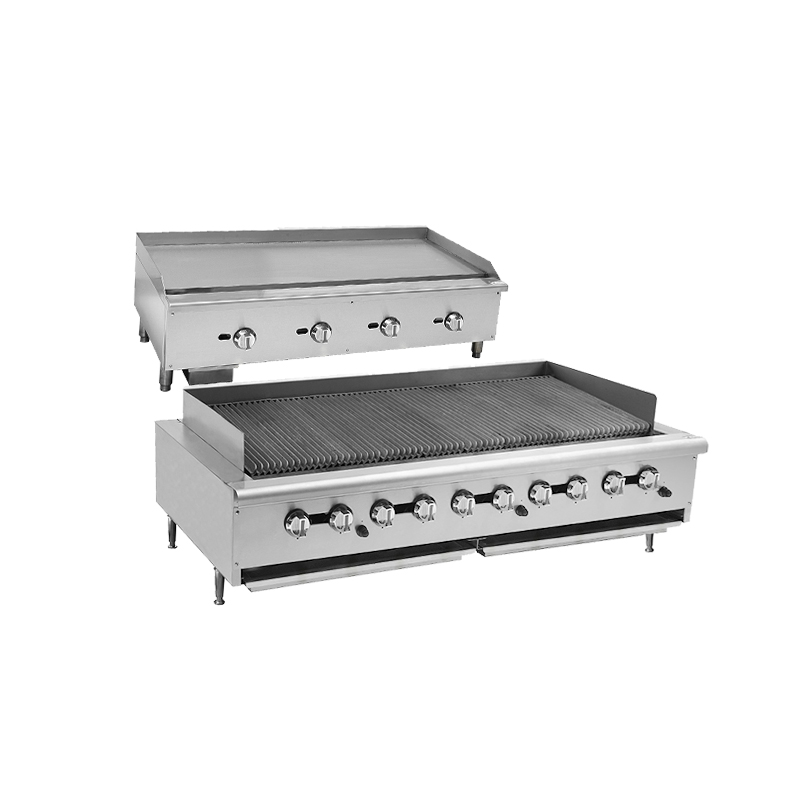
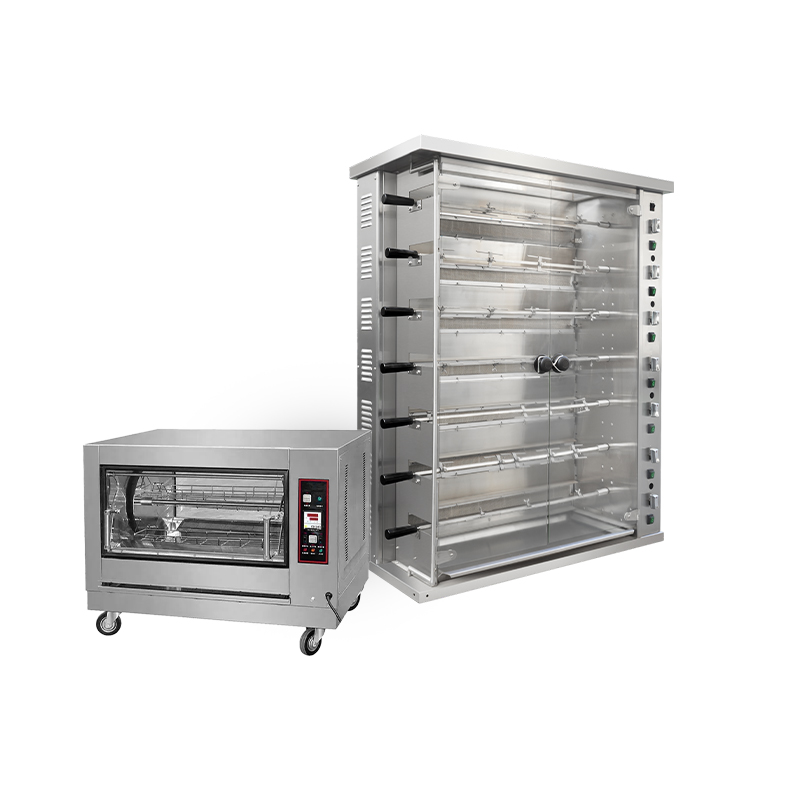
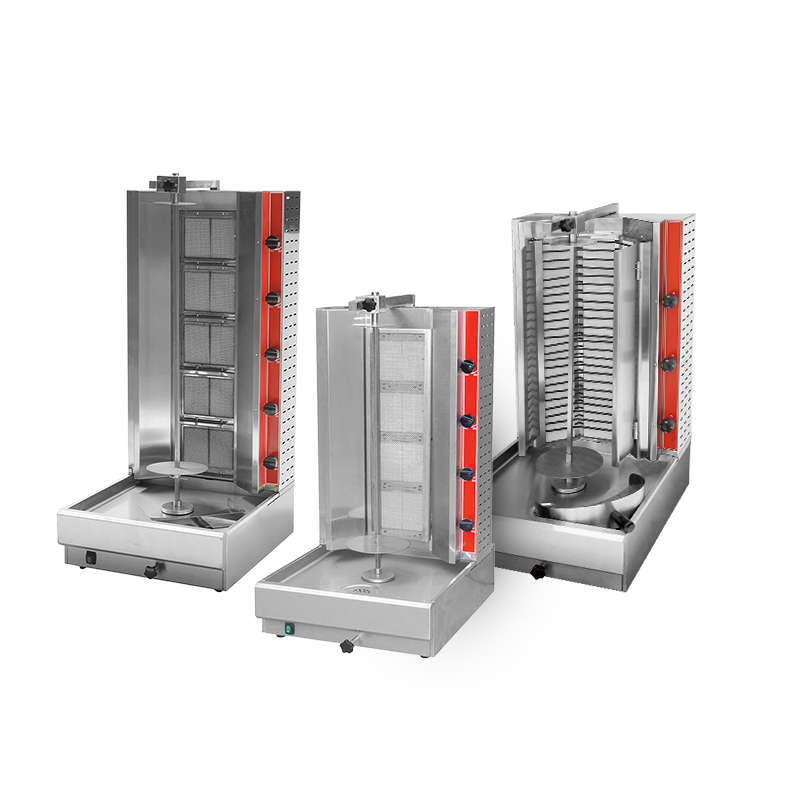
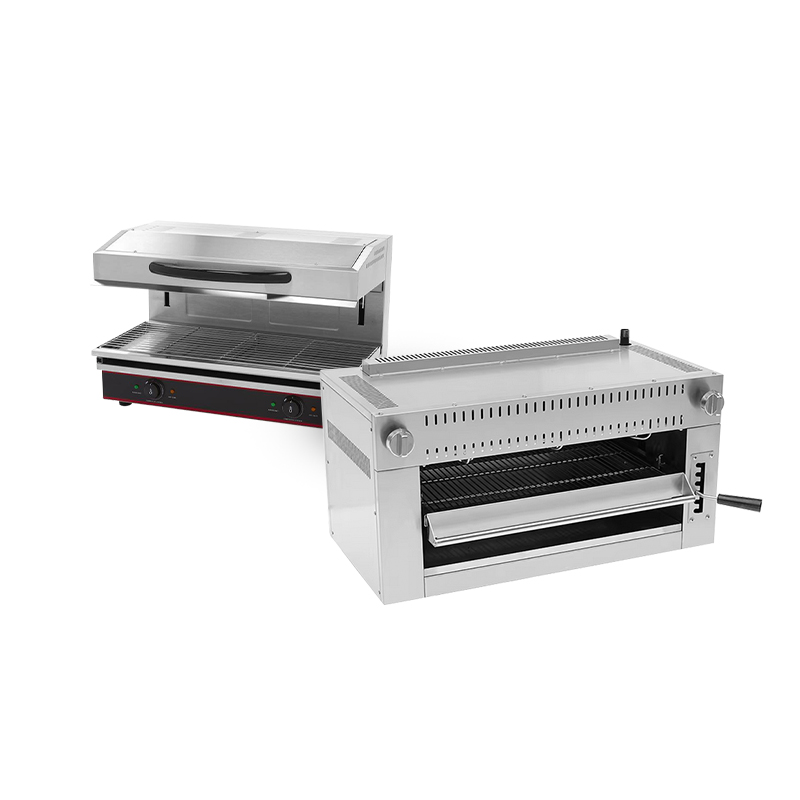
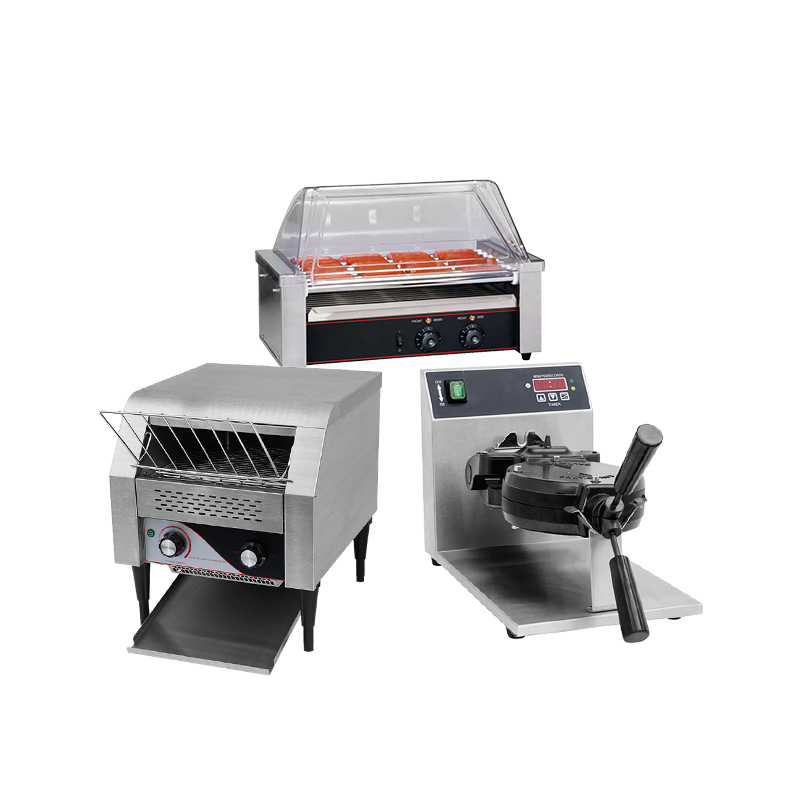
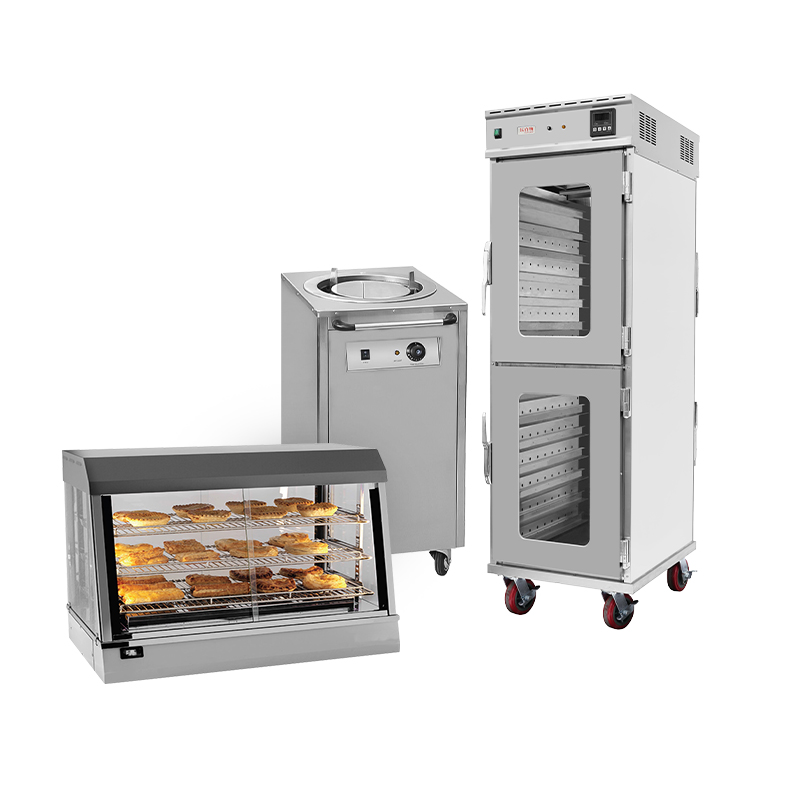
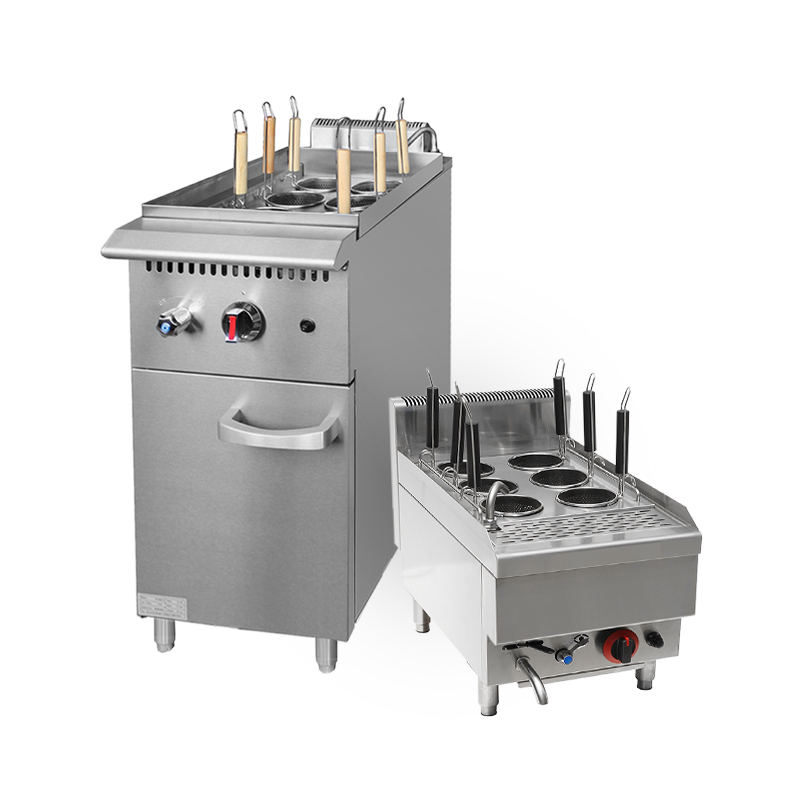
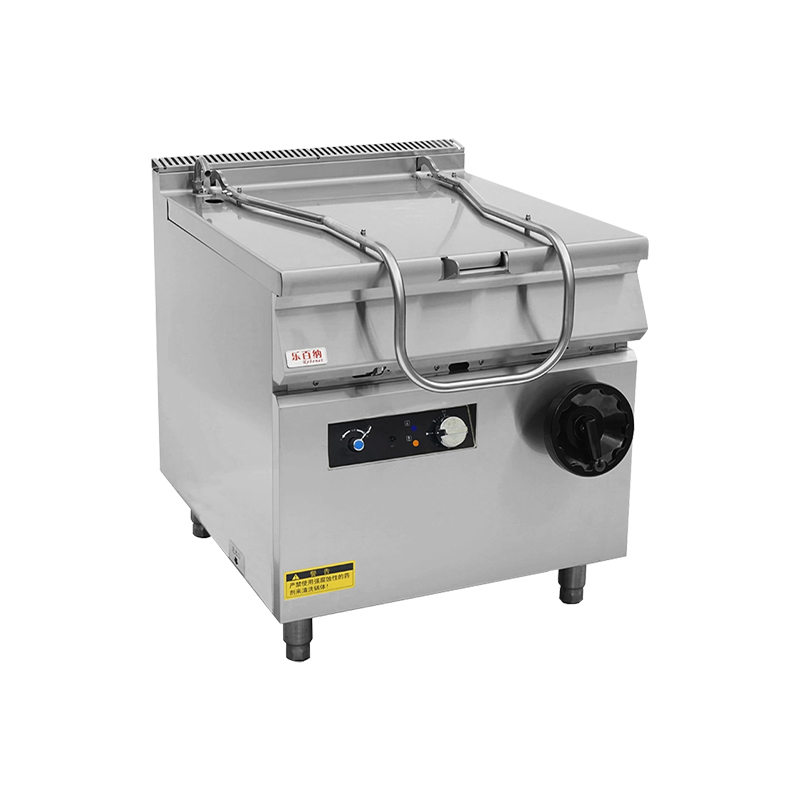
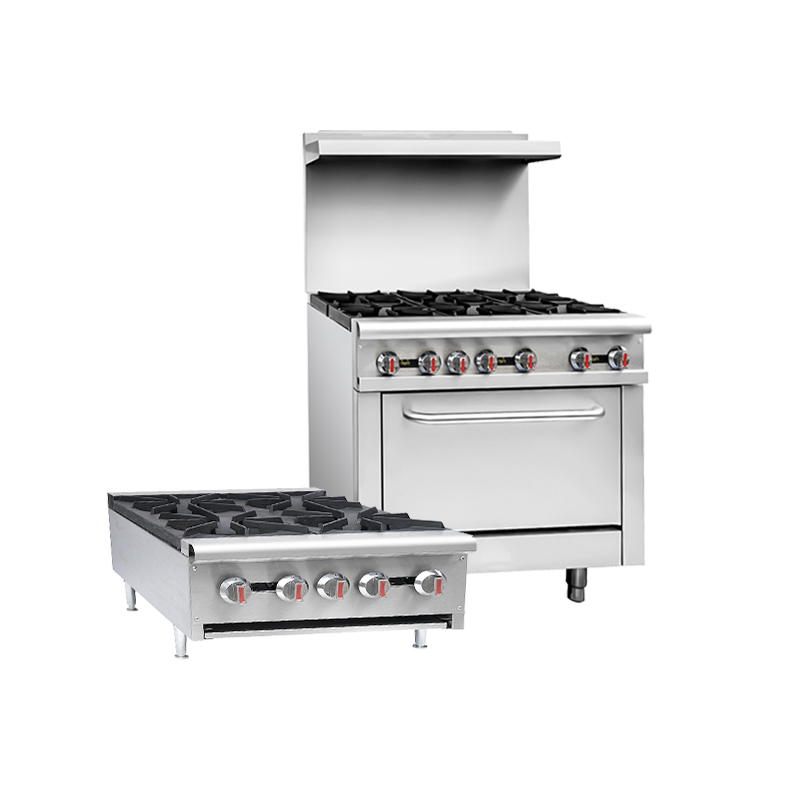
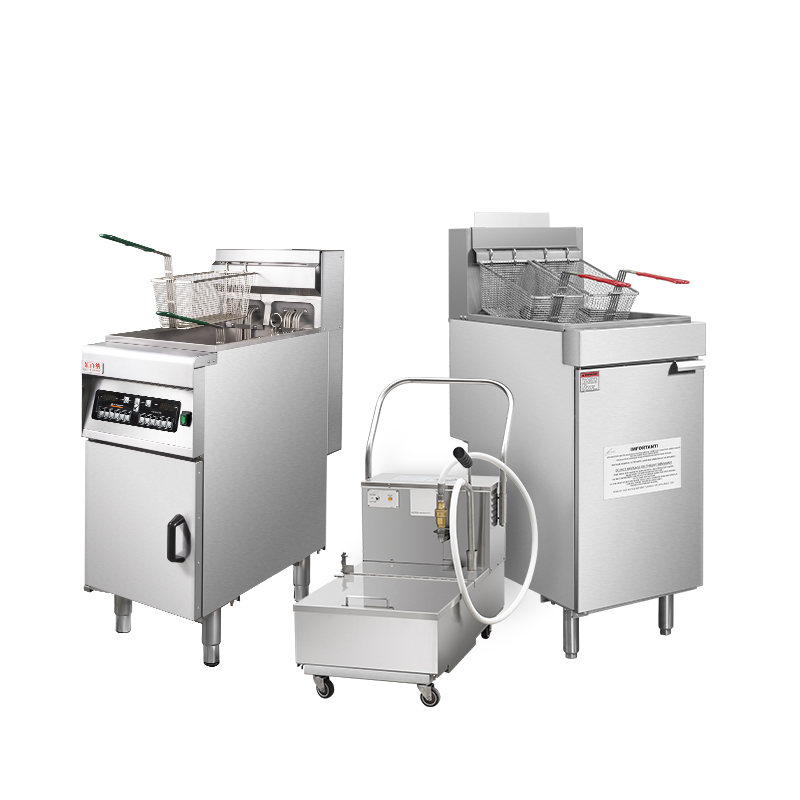
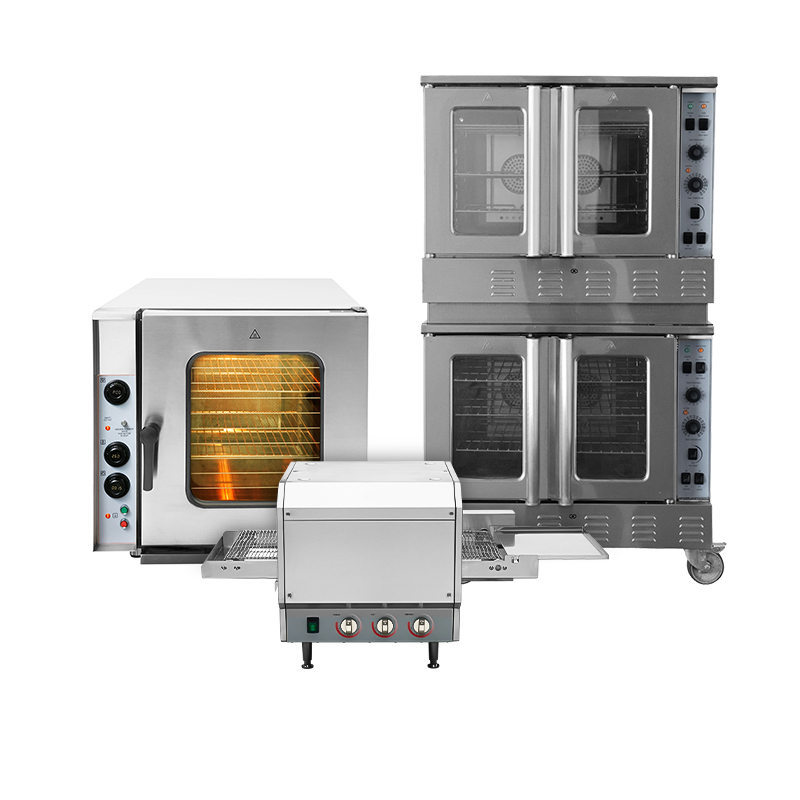
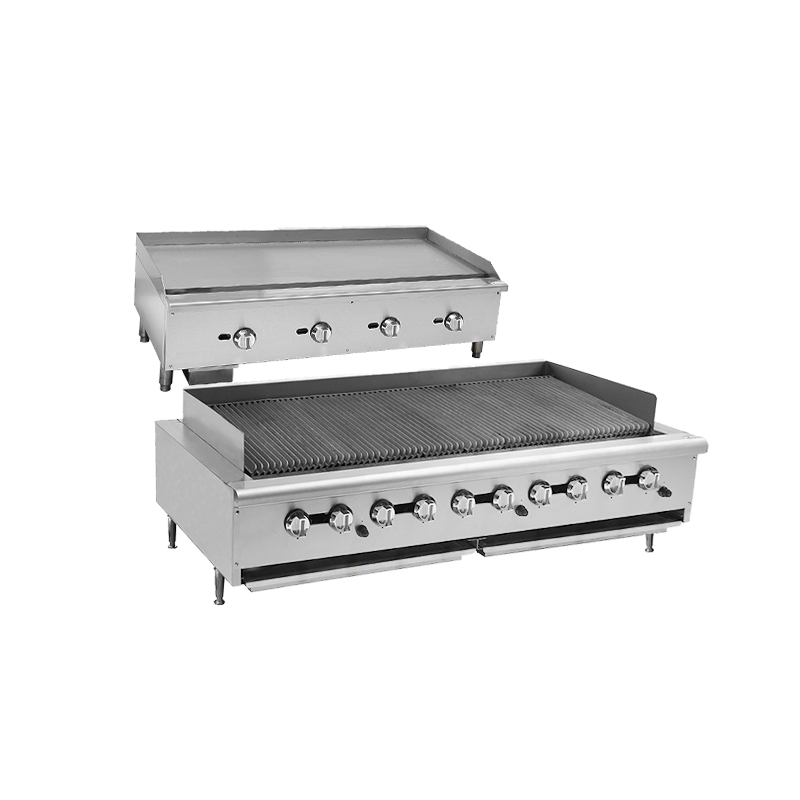
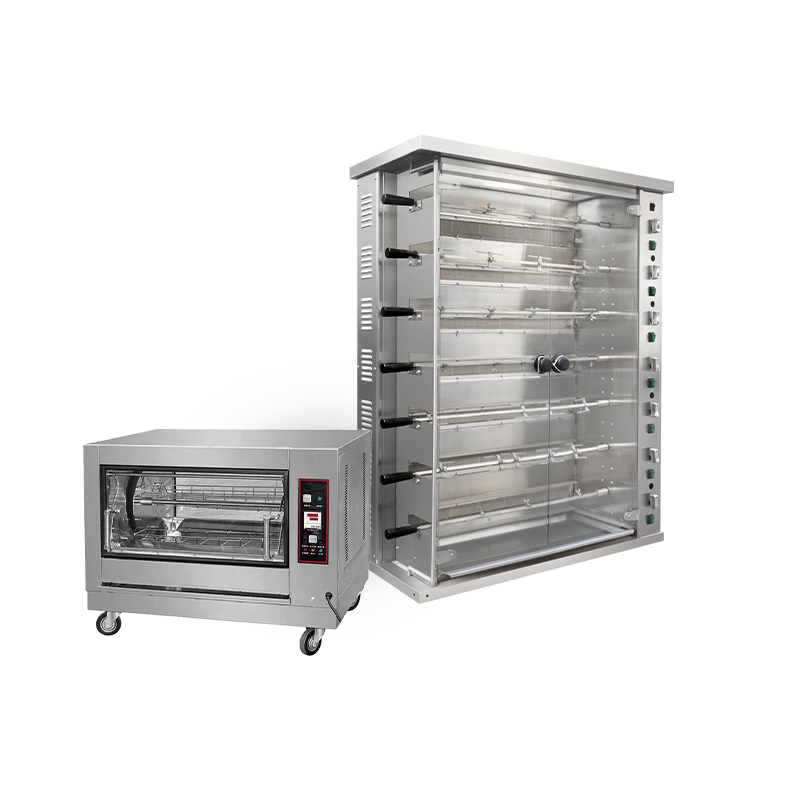
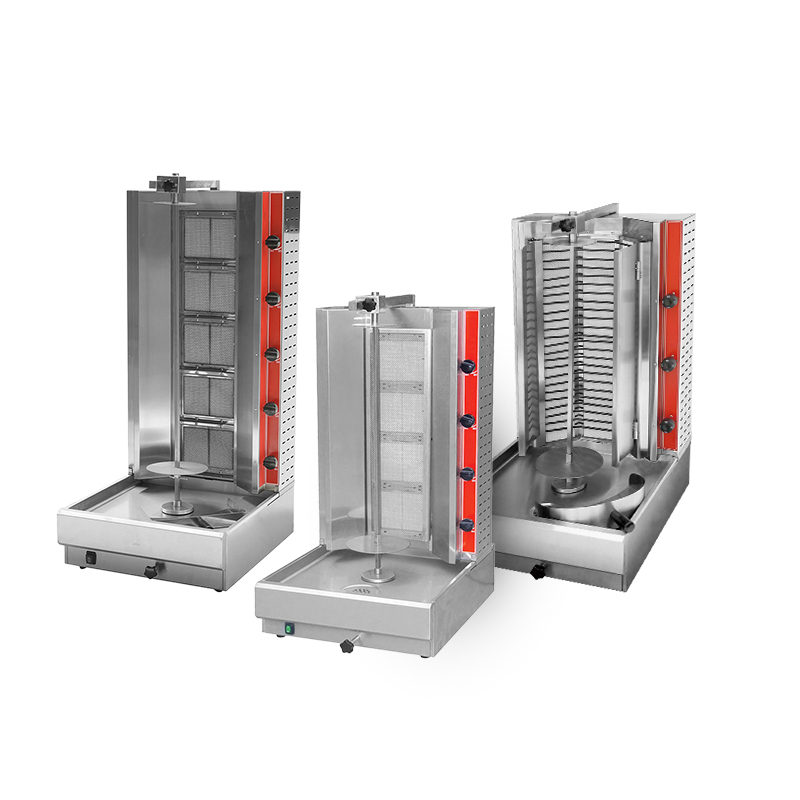
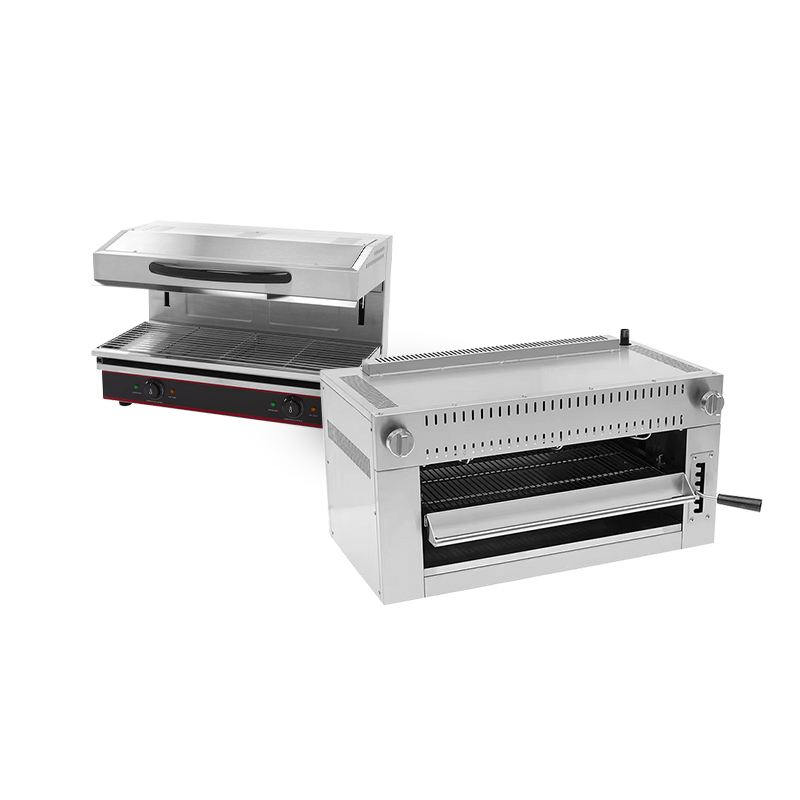
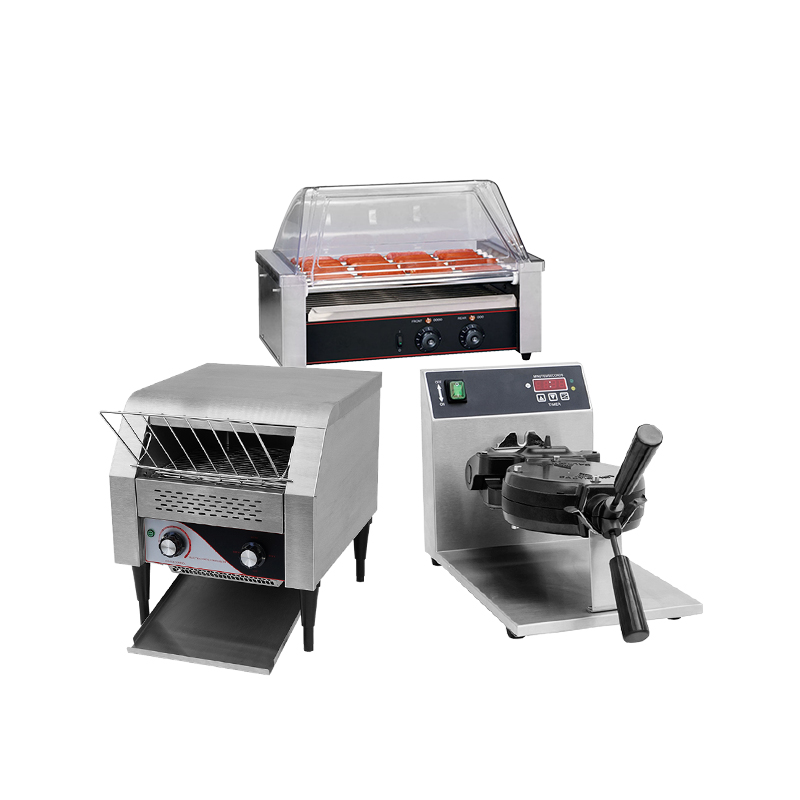
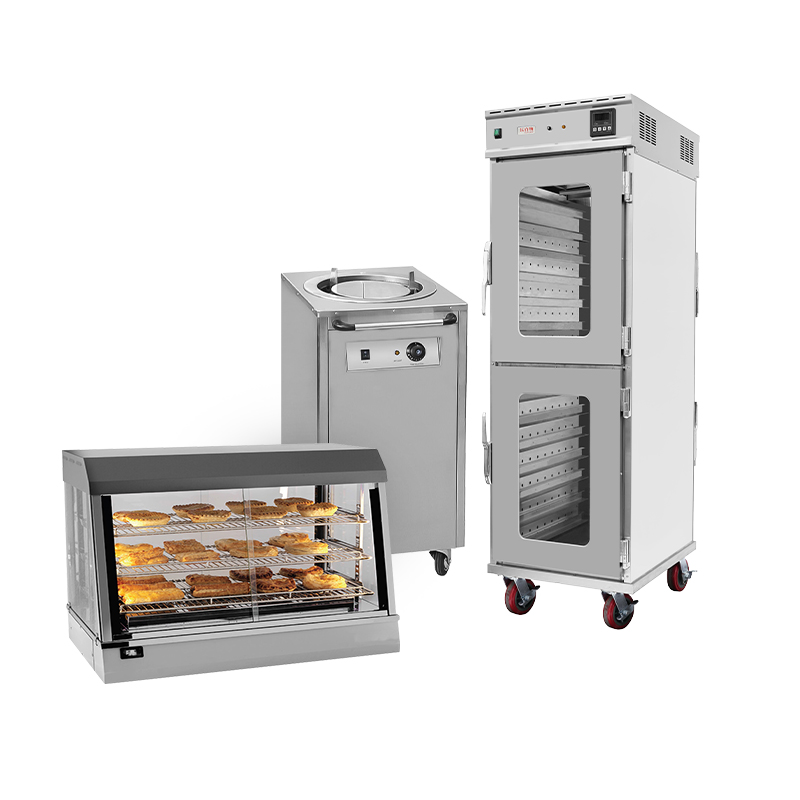
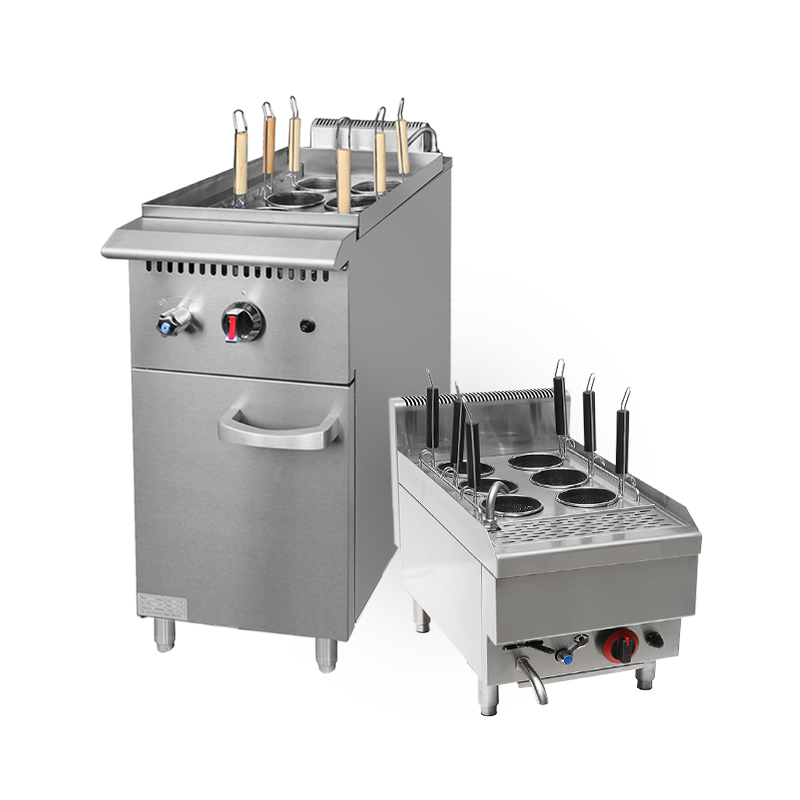
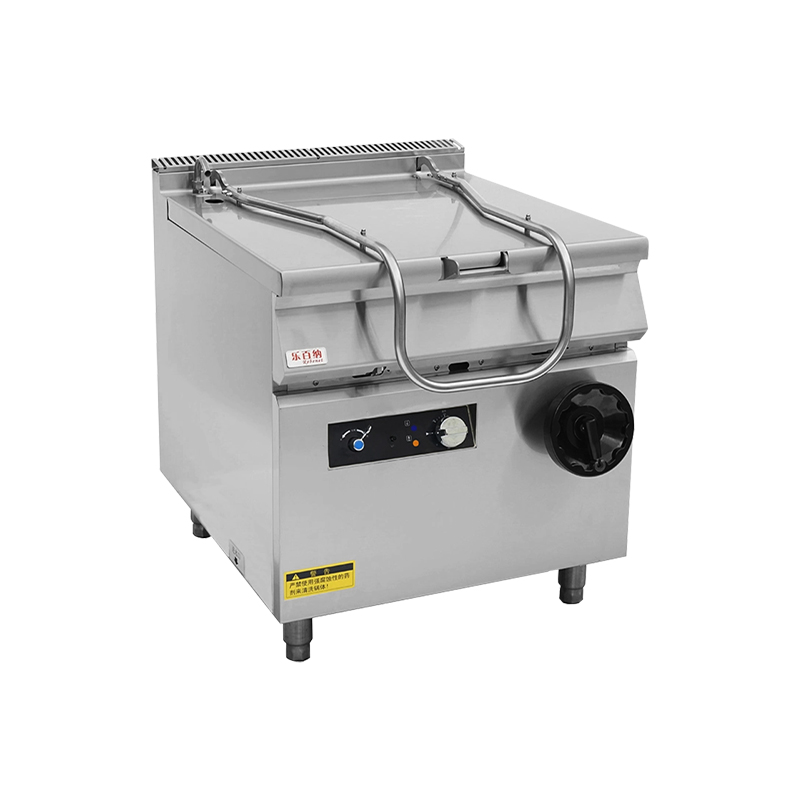
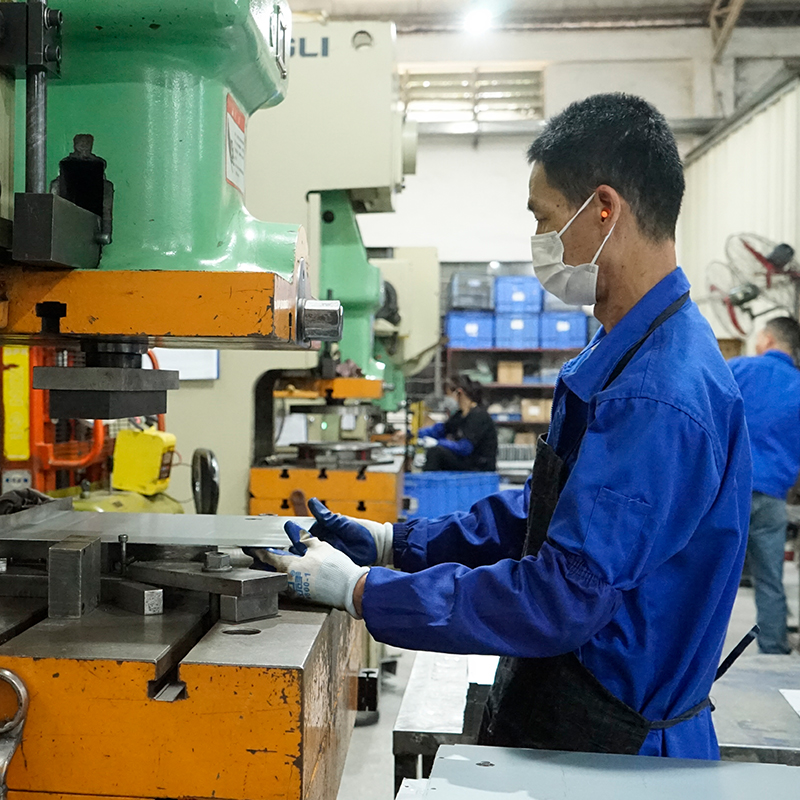



 15920168155
15920168155